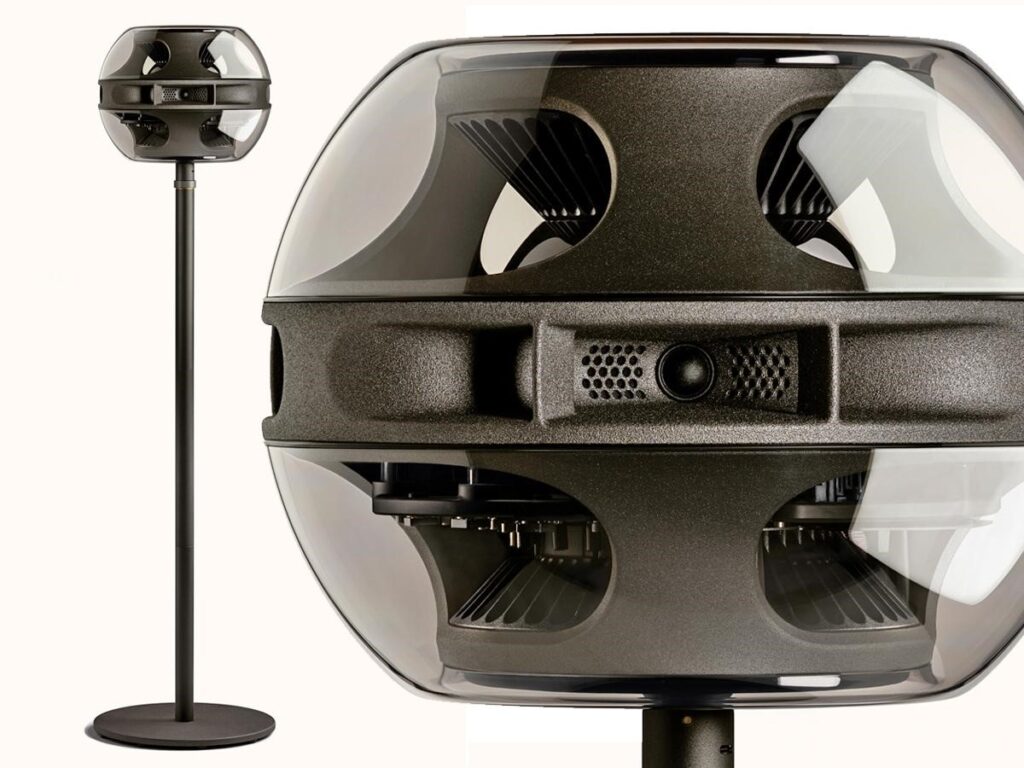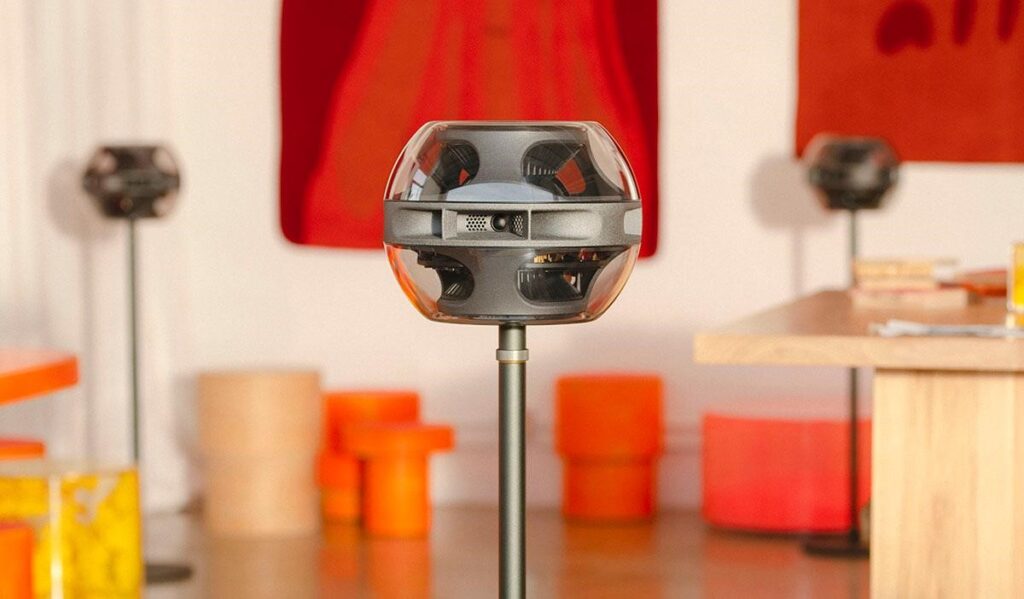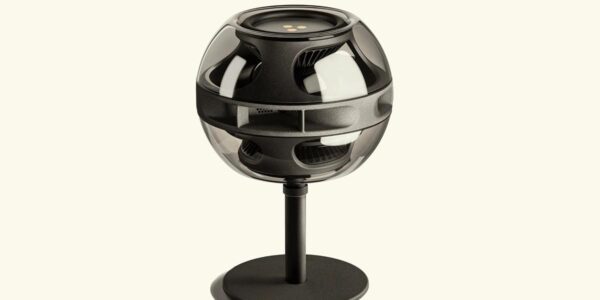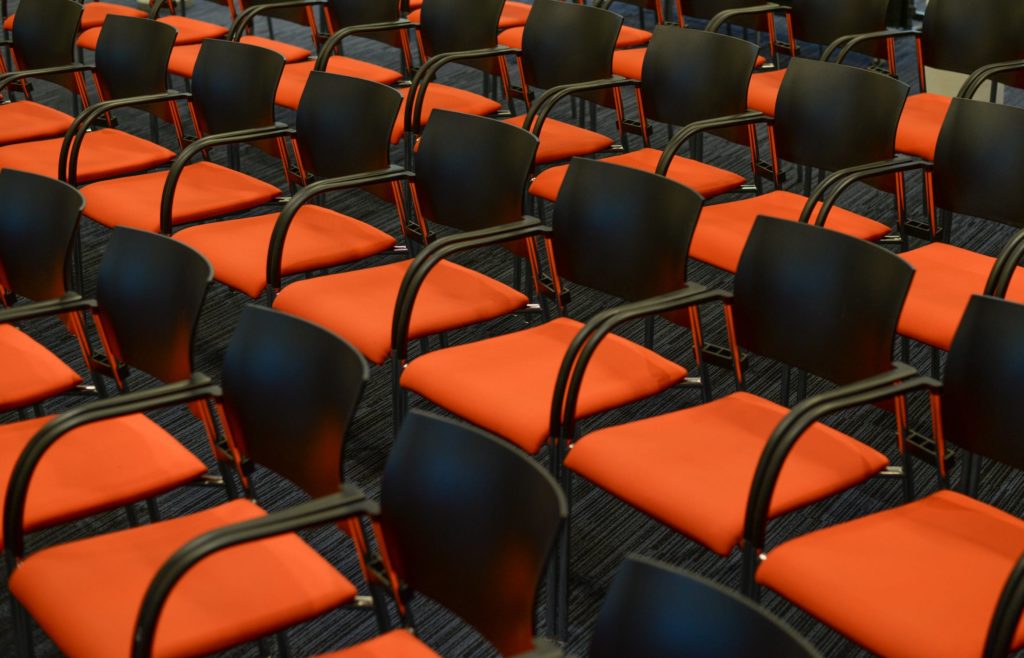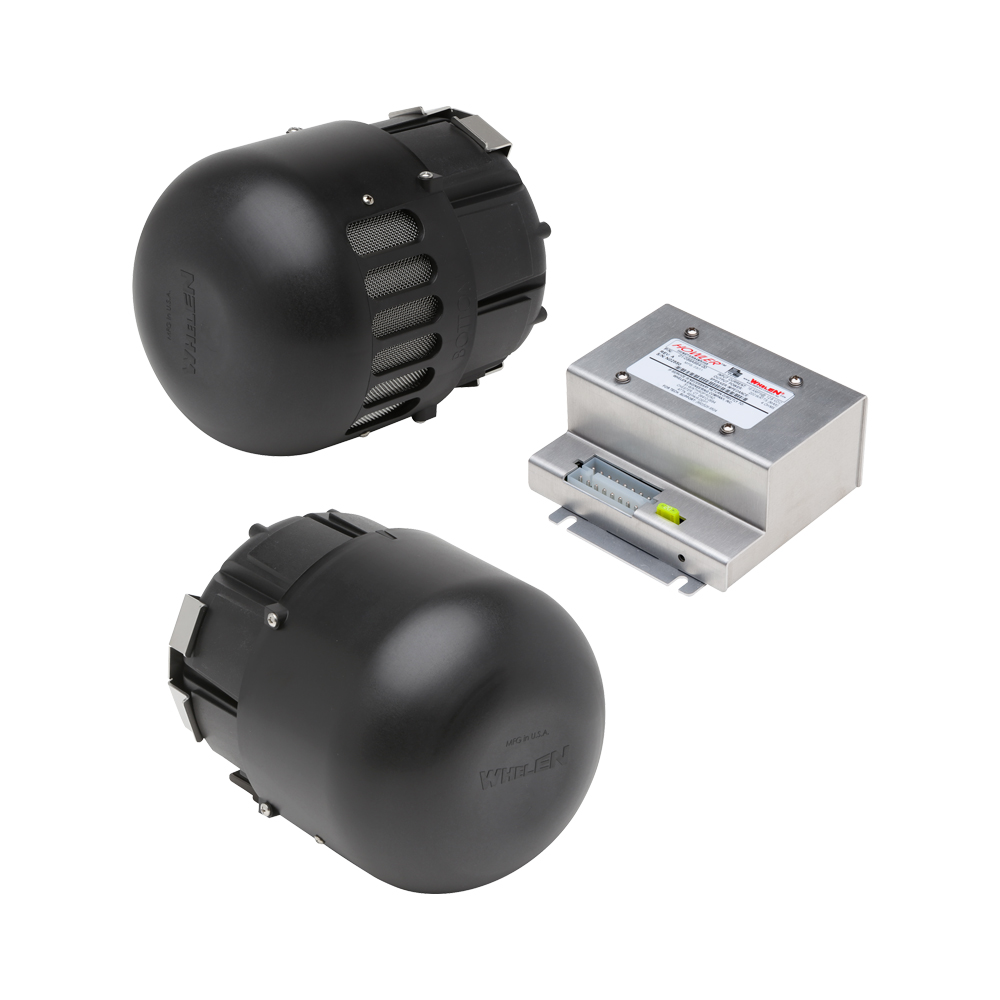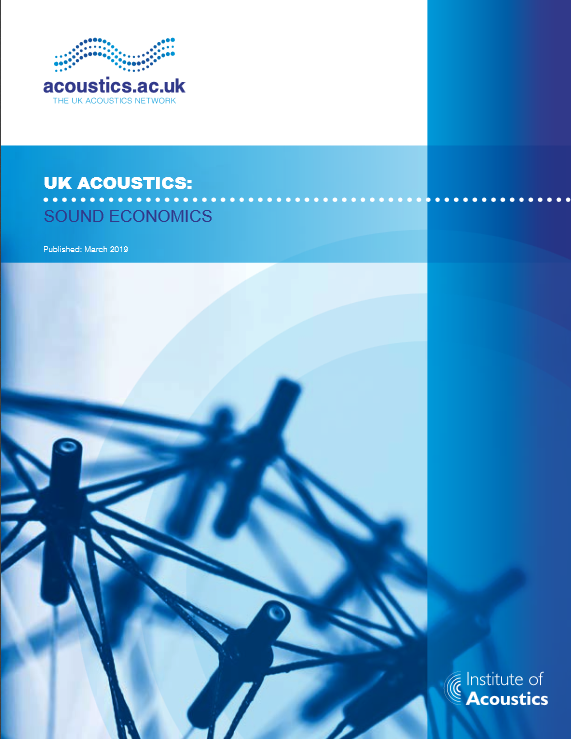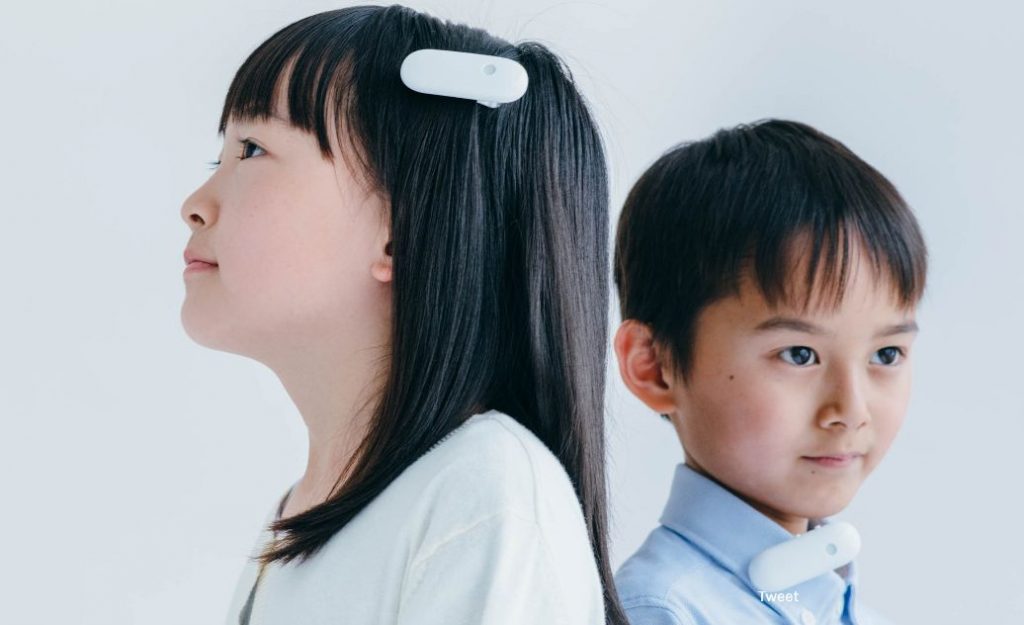A company called Syng, have released a new loudspeaker called the Cell Alpha Triphonic Speaker. Company co-founder, Christopher Stringer worked for Apple during 21 years and left in 2017 to create Syng. He was involved directly in developments for the iPhone and iPad, Apple Watch, and the HomePod. Stringer is referenced on more than 1,400 US patents. The first Triphonic sound system was actually patented in 1984 by Emil L. Torick (inventor) on behalf of CBS Broadcasting.
